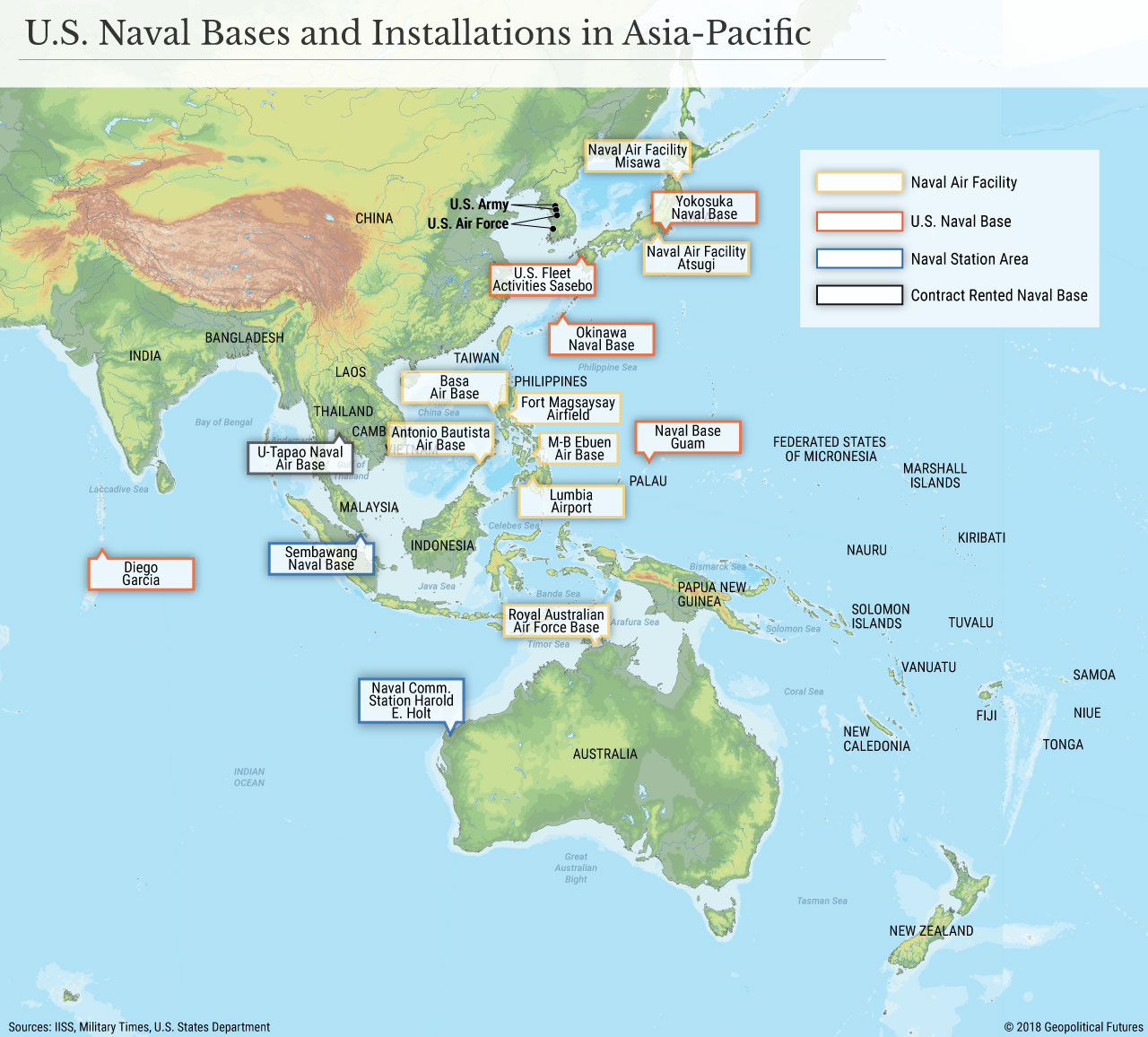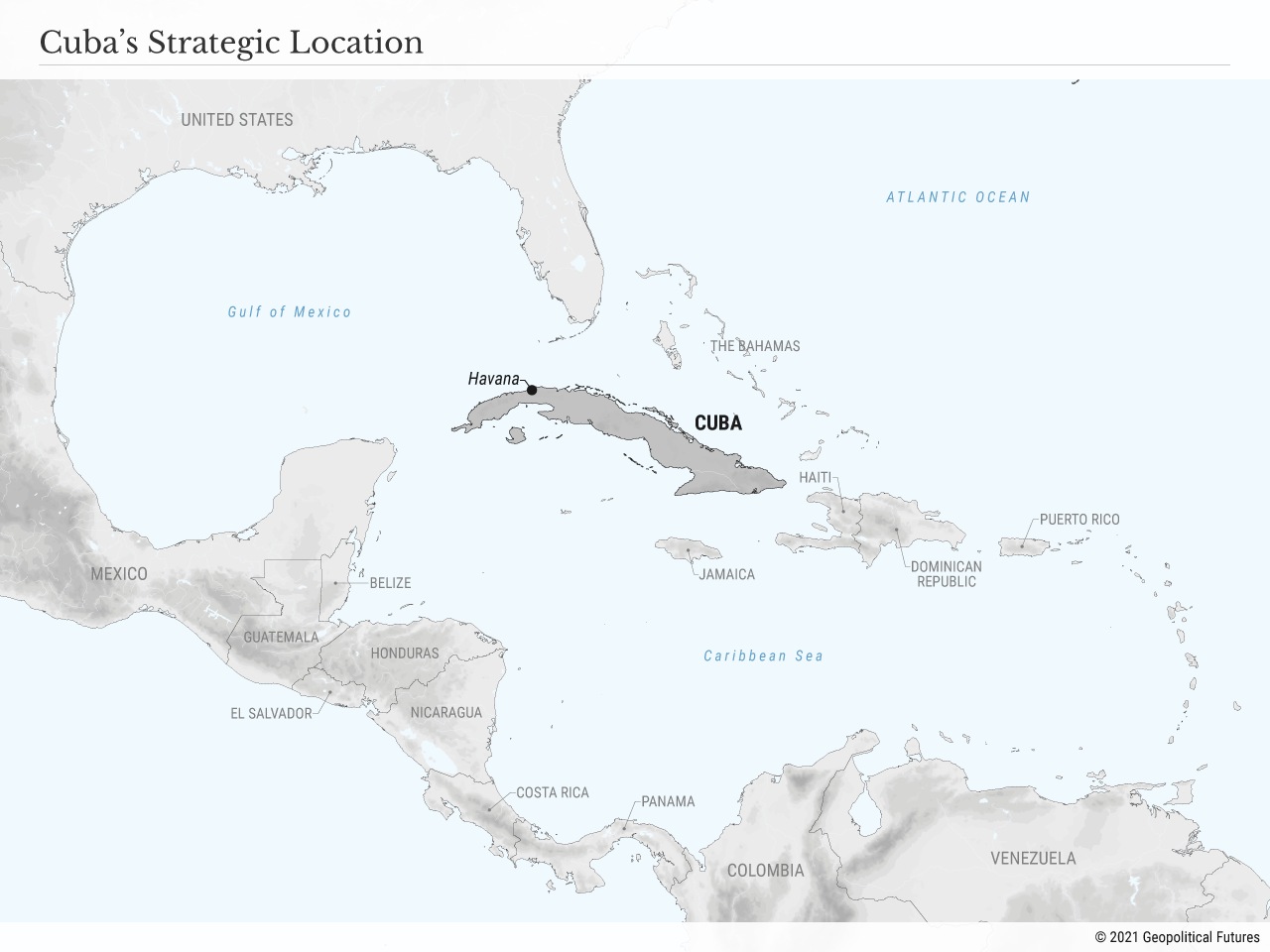Last week, China celebrated the 100th anniversary of the founding of the Communist Party. The celebration included a plan for the invasion of Taiwan, along with a threat to bloody the heads of China’s enemies. The published plan for invasion, obviously, was merely a cartoon summary of an invasion, designed to intimidate rather than pass tactical information on to the United States. The threat of blood was to make China appear ferocious. The problem was that a planned amphibious invasion needs to include the element of surprise. Amphibious invasions are huge risks and must be surrounded by “a bodyguard of lies,” as was said in World War II, and threatening to bloody its enemies’ heads seems more like a temper tantrum than a threat. Still, China is signaling a readiness for war in the hope it won’t have to fight one.
I have written a great deal in the past few weeks about China’s strategic dilemma and its options for resolving it. Last week, I wrote about the strategy of indirection China and Russia must take with the United States. Focusing on China, I want to consider how that strategy might lead to a negotiated settlement. I want to dive deeper into what I think is the optimal strategy for China.
The United States favors the status quo. Its political and military position stretches from Japan to the Indian Ocean. Given the chokepoints between various landmasses, the U.S. has the opportunity to block Chinese access to the Western Pacific and the Indian Ocean, threatening closure of maritime routes needed by China to maintain trade – particularly vital for an export-oriented economy. For the U.S., this is a satisfactory and powerful position to hold. In the event of a massive Chinese naval and air assault, the U.S. has the option to engage China or retreat into the Western Pacific. The U.S. can, to some extent, control the risk it incurs.
The status quo is unsatisfactory to China. Its access to the high seas – an essential economic asset – is highly insecure. That access depends on how the United States interprets China’s behavior, and in a number of unpredictable circumstances, the U.S. might close one or more of China’s exits to the world’s oceans. China has very little leverage with the United States, so its other option is to launch military strikes that force the United States from its position. China has threatened to open a gap between the Philippines and Japan and Taiwan that would force other nations in the anti-China coalition to reconsider their position. The United States has made it clear, by placement of forces, that it does not intend to retreat from its position.
China has the option of attacking the face of American confidence. It’s possible the U.S. has overestimated its capabilities, but then the Chinese may have done the same. The problem of launching a war is that you might be defeated, and where the U.S. has room for maneuver to its rear, China would be fighting with its back against its eastern seaboard. Under those circumstances, the consequences for losing could spiral, causing irreparable political damage to the ruling party. The risks are unpredictable but substantial.
China cannot allow the status quo to stand. The Chinese must therefore seek a negotiated settlement that would guarantee unfettered access to the Pacific and control of key chokepoints. The U.S. sees no advantage in this because it would shatter the line of defense Washington has created from Japan down to India. A simple capitulation by the United States would fragment this extremely heterogeneous and fragile line and open the door to a massive destabilization in the Pacific.
China must therefore find leverage, and to do so, it might look to the Cold War. The Soviets sought to redefine the strategic balance with the United States by placing nuclear weapons in Cuba. The United States saw this as an existential threat and signaled its intent to invade Cuba and accept a nuclear exchange with the Soviets. It blew up, of course, because the United States could not confine its response to some symbolic gesture. An indirect action must be painful enough to move the target, without being so threatening as to force them to react dangerously.
So Beijing has an example of what not to do – use the threat of nuclear war – unless it were prepared to accept a nuclear counterstrike, which it isn’t. Its leverage must allow for a negotiated end, not a cataclysmic war.
If China’s problem is that the free use of its ports is at risk, an equivalent action could cause negotiations without war. The alternative is to put U.S. exports at risk without encroaching on U.S. sovereign territory or using vessels in hostile intervention with American shipping, which would be excessive since the U.S. is not interfering with Chinese shipping, only holding the possibility of it.
The United States has ports on three coasts. As with the Americans in the South China Sea, there would be no act of war involved, and responses could be calibrated to American actions, with significant pain to the United States. The chokepoints are the waters between Cuba and the Yucatan Peninsula and between Cuba and Florida. The port of New Orleans and the port of Houston depend on these two outlets to ship and receive critical commodities for the United States. Long Beach, the major Pacific port, has no sovereign territory offshore, and a substantial Chinese fleet would have to be kept on constant station, a fleet that would force the Americans into military action that the Chinese would want to avoid. From Cuba, a long-term threat could be maintained with naval and air forces designed to be used only in the event of U.S. actions.
The question would be whether Cuba would willingly be a pawn in great power politics. It is an ideal place from which to manage the U.S., which is why the Soviets supported the Cuban revolution so happily. But the Cubans also learned that great powers change course when prudent. The economic condition of Cuba is terrible, but the country appears stable. The Chinese are already working in Cuba on telecommunications and other matters. And I doubt very much that the Chinese have not noticed the geography of Cuba.
Beijing has used financial incentives to cultivate allies. It has not used allies to threaten third parties. At the same time, China has never been so vocal about invading Taiwan. It needs less risky options in negotiations. The Cuban government appears to be quite content being the government of Cuba. Its appetite for adventure has declined. But the U.S. would not strike Chinese vessels in Cuban waters. The risk of failure is less than China’s, but the political consequences of initiating conflict with China would be extreme. To the extent that China is restrained by an aversion to initiating a conflict, that barrier at least would be removed. And the U.S. also knows that the risk of war is defeat.
The Chinese would be in a position to block American ports without actually blocking them, just as the U.S. is doing. It would seem to me that China’s approach to Cuba or other strategic points is essential to China. It can’t tolerate the current strategic reality, and it is reluctant to engage in open warfare, so it needs another strategy. If I am right in all this – and I might not be – the U.S. must work to reach an understanding with Cuba that is highly beneficial. The rest of the Caribbean and South America needs close consideration. If the U.S. is to hold its Pacific position, it does not want to be forced into negotiations that will cost it its position.








